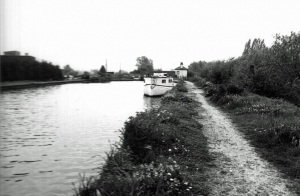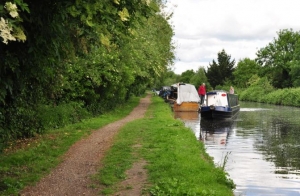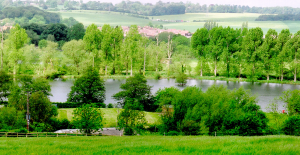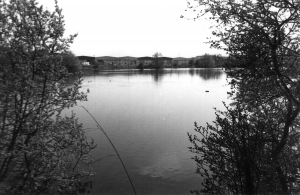The Colne Valley, a Regional Park with a rich history.
In March 1965 the Town Clerk of Hillingdon submitted a report drawing attention to the existence of large areas of gravel pits in the borough, suggesting they could be used for various forms of water recreation for which there was an extensive demand.
In November of the same year, the Greater London Council recognised the potential of the Colne Valley for recreation and leisure purposes. A conference of the authorities affected by the creation of the regional park was held on December 17, 1965, and a working party of officers was set up.
The boundaries were drawn to include all the open land visible from the valley floor between Rickmansworth and Denham. The eastern boundary was defined by the existing development, and the southern end by the River Thames. The western boundary was defined by development at Langley and Datchet, and then ran roughly parallel to the River Colne, taking in Langley Park and Black Park. The Misbourne Valley below Chalfont St Peter was also included.
The boundaries remain broadly similar today, although additions have included land north of Staines town centre, an area near Langley, and some more near Gerrards Cross and Chalfont St Peter.
The Park’s Prehistoric Past
Historically the Colne Valley was an agricultural landscape from prehistoric times until the late 19th Century. Small mixed farms occupied the floodplain.





